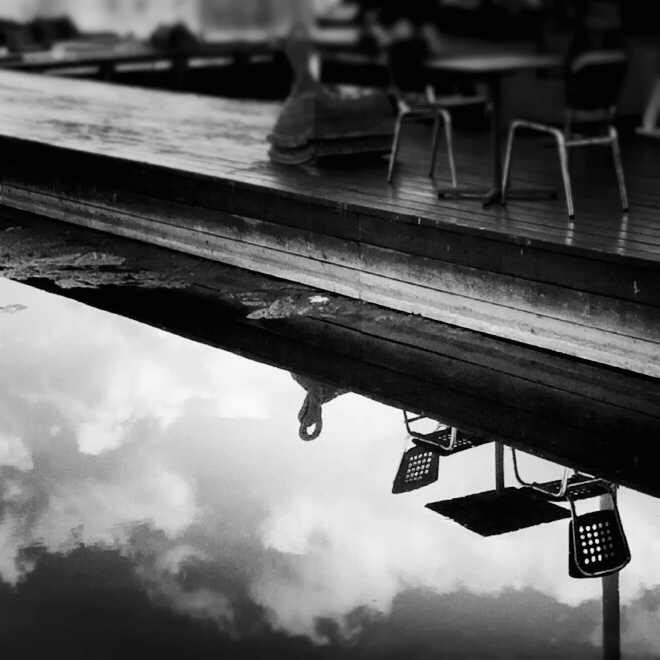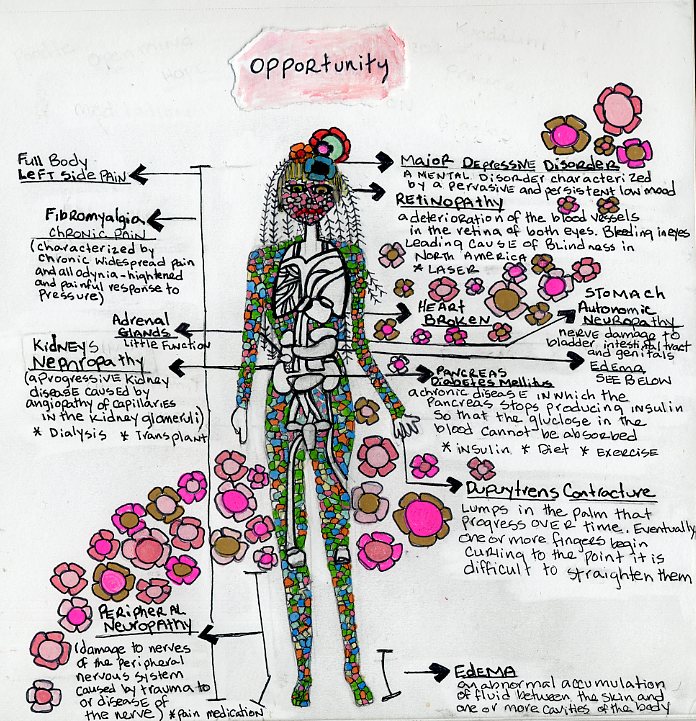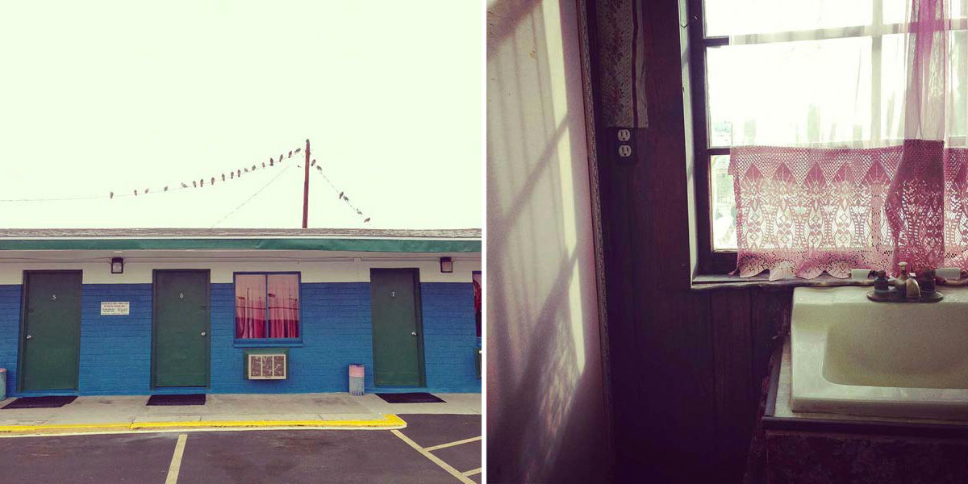I’ve been drawn to found books, especially periodical publications or books made for particular occasions. These are not the type of books that you’d buy from a bookstore and keep to read sometimes. Most of these books are not collectibles and are no longer valuable for their ‘purpose’. I find there is a certain imbalance or unfairness to them, which intensifies my awareness of them as physical objects. I manipulate the books in an attempt to fix the imbalance. It’s different from recycling because what I do involves recognizing them and a sort of ritual to commemorate the object itself.
The First step of the work is just to spend time with the books, looking at them. It’s more accurate to say ‘looking at’ than ‘reading’ as I don’t try to ‘grasp’ their contents. I skim over the texts and images with my eyes. It’s important to have these moments of contemplation – processing the ‘left-over’ aspect of a thing made for a specific time.
I’m introducing 3 books here (in chronological order of their production).
1. I found a random pile of catalogs for ‘GO’ (a community-curated open studio project organized by Brooklyn Museum in 2012) a few days after the event took place. I made drawings on each page of the original catalog, scanned and printed them out, then bound them all into a new booklet. You can see a variety of marks on the pages: crossing-out, tracing, text, counting how many letters are used in each word in sentences, measure the length of words, etc.
2. Alexander Calder Catalog. (work in progress)
Here, I don’t pay attention to the original purpose of the book but respond somewhat to its content. The impulsive drawings and texts written with marker are somewhere between doodles and graffiti. Words are quoted mostly from song lyrics – or something I’d read or heard in the past. This book becomes a container, sort of a ‘lost and found’ that contains fractions of images and words.
3. Laura Ashely Home Decoration book (work in progress)
I simply inserted more found photographs into this book. There’s a relationship- the found photographs are quite similar to the found books; it’s interesting to blend the two together.
Jung ah Kim lives and works in Brooklyn, NY. She earned BFA from Seoul National University in 2007 and moved to NY in 2008.
Links:
www.jungahkimm.com (website)
An Interview with Jung ah Kim:
What inspires you to make so many images so passionately?
Curiosity, fear, boredom and anything that I have problem with. Making images(or anything) doesn’t necessarily solves problems, but it helps to understand them better which makes me feel more comfortable.
You live in Portland, Oregon. Does the city inspire your work?
It has been about 2 months. I’m taking some time off from New York where I was living and working. Compared to New York, Portland is very chill and easy. I spend a good amount of time walking around and observing what I come across while strolling— which are plants most of time. The whole neighborhood where I live is like a botanical garden. It’s fascinating for me to see so many different kinds of plants in a residential area. I find that very inspiring. Something really interesting and refreshing happens when plants and people, in other word, the natural and manmade structures mix in our contemporary lives. It’s more interesting than when they are separated. Like when plants are in mountains or botanical gardens.
How do you integrate your art and design approaches? Or are they separate in your experiences of them?
It’s hard. I used to struggle very much with this matter as I do get a lot of joy from making my art work look clean, organized and well crafted, which are the basics of design. I’ve since learned that for me “Art” and “Design” are not two separate things, but they depend on each other. I believe when the work is executed successfully, it achieves the best appearance. However, I constantly fight against temptations of composing unnecessarily.
What does it feel like when you are shooting images / working?
Like walking on the thin ice? I’m not a very-plan-ahead-type-person. I figure out what’s the next move in my work as I go. If the ice is too thin and breaks, it will present the next problems to solve. It’s good. I think that’s also one of the ways to discover ideas for next project. If the ice is thick enough to go on until finished, that’s good too.
When did you begin making art and why?
Ever since I was little I’ve attended several art schools and got ‘trained’. Not proud to say, I think most of that time was spent without much self-reflection. I feel like it’s only pretty recently that I‘ve become more aware of what I do and why I do it. Maybe ‘why I make art’ is not quite different from then, which is that I simply enjoy it and it’s my primary way to understand what’s going on around me. Just It has become more clear now.
















No Comments